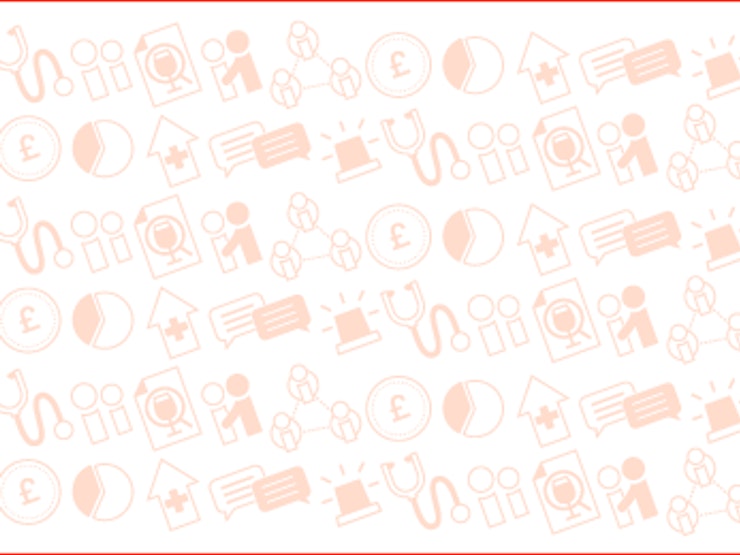Counterfeit alcohol is defined as “fake or illegally produced alcohol made in unlicensed distilleries or people’s homes, packaged to look like well-known brands” according to the Food Standards Agency. Illicit alcohol is a broader term that encompasses counterfeit alcohol but is not necessarily packaged to seem like a legitimate brand. Counterfeit alcohol is deliberately packaged to deceive the consumer into believing they are purchasing the real product. As such, it can be extremely dangerous, as drinkers are not expecting the alcohol to be any riskier than their usual drink.
Why is counterfeit alcohol so dangerous? It’s probably made with other chemicals which make it cheaper to produce, such as methanol, which is also used in antifreeze, or chemicals that are found in nail polish remover. The alcohol in legal products – ethanol - is less dangerous for human consumption. These alternative chemicals aren’t just unhealthy, they could be seriously dangerous for your health. Counterfeit alcohol can cause vomiting, liver problems, comas, and even blindness. There’s also the additional worry that there’s no way to tell how strong illicit alcohol is, although those in the business of counterfeiting will try to match the alcohol content of the product being faked, so as not to arouse suspicion.
Research on counterfeit alcohol is important because, due to the nature of the practice of counterfeiting alcohol, very little is known about how prevalent it is. Recent seizures of counterfeit alcohol indicate that the problem could be widespread. For example, a European investigation has found over a million litres of drinks in 2020 so far, while in 2011, five men died in an explosion at an illegal alcohol still where three lorries full of fake Smirnoff were found.
As well as the health impacts and dangers of production, counterfeit alcohol also costs the government a lot of money. Because the alcohol is sold illegally, producers don’t pay any tax. In fact, HMRC estimates that £1.2 billion is lost every year in avoided taxes on illicit alcohol.
In a study funded by Alcohol Change UK, researchers Jon Spencer, Nicholas Lord, and Cecilia Flores Elizondo from the University of Manchester investigated what factors influence counterfeit alcohol distribution and consumption as well as providing a deeper understanding of the distribution mechanisms.
Using a criminological perspective, the researchers analysed case files of counterfeit alcohol incidents. They found there was a lack of interest and follow-up investigation by regulators, perhaps due to the difficult nature of follow-up for a problem that is not perceived to be significant. There are major intelligence gaps in terms of understanding where and how large quantities of counterfeit alcohol are produced unnoticed, making enforcement actors reliant on retracing the transaction and distribution chains following seizures. They also interviewed potential purchasers of counterfeit alcohol to discover their motivations and other stakeholders. Finally, they searched for online outlets of counterfeit alcohol to understand the extent of distribution channels.
The researchers found that there are three main ways of producing counterfeit alcohol: illegal distillation, removing colour from denatured alcohol, and diluting industrial alcohol. These methods differ in their cost, flexibility of location, and personnel requirements. Although it was expected that producers would try to emulate more expensive brands to make a higher profit, counterfeiting was found to be more common for cheaper, own-brand products, perhaps due to the less distinguishable taste. In addition, odourless and colourless spirits, such as vodka, were more commonly counterfeited as this further reduces risks of detection, particularly when sold into markets where the use of mixers to mask smell and colour is frequent, such as nightclubs.
One of the main issues in understanding the distribution networks is that the supply chain is very opaque. Trading Standards Officers (TSOs), whose responsibility it is to investigate reports of counterfeit alcohol, can’t trace the source of the product. In one case, there were five levels of contracting and subcontracting logistics and delivery services, and deliveries would be redirected on arrival, making it very difficult to trace. Funding cuts to Trading Standards means that Officers are working reactively, only investigating when there is a complaint. This means those working in counterfeiting see it as a relatively non-risky activity, compared to counterfeiting more investigated products such as tobacco. Distribution was found to mainly be done by using legitimate delivery networks such as vans and taxis – another way to fly ‘under the radar’.
Students were also interviewed due to the vulnerability of this group to purchasing alcohol that might not be legitimate. The students knew or suspected that the cheap alcohol they were buying could be counterfeited or smuggled, indicating that for many consumers, the appearance of a legitimate brand on the label may not be a concern, but rather cost and intoxication were the main considerations.
One of the criticisms of introducing Minimum Unit Pricing (MUP) in Scotland was that it would increase the sales of counterfeit alcohol. However, the evaluation so far has not indicated that MUP has driven counterfeit alcohol sales. There is an assumption that counterfeit alcohol is only consumed by niche groups, such as students or street drinkers, who would continue this practice after MUP came into force. However, MUP may make it easier for TSOs to spot counterfeit alcohol if it were being sold as legitimate alcohol for below the minimum price.
The main concern is that the lack of funding for enforcement means there is a mostly reactive approach to tackling counterfeit alcohol. The flexible nature of the distribution networks means TSOs struggle to chase the source and the scale of the problem is unknown. The fragmentation of the regulation and the enforcement of counterfeit alcohol makes the investigation and prosecution of cases more difficult. Big seizures of fake alcohol that make the news are just the tip of the iceberg.



